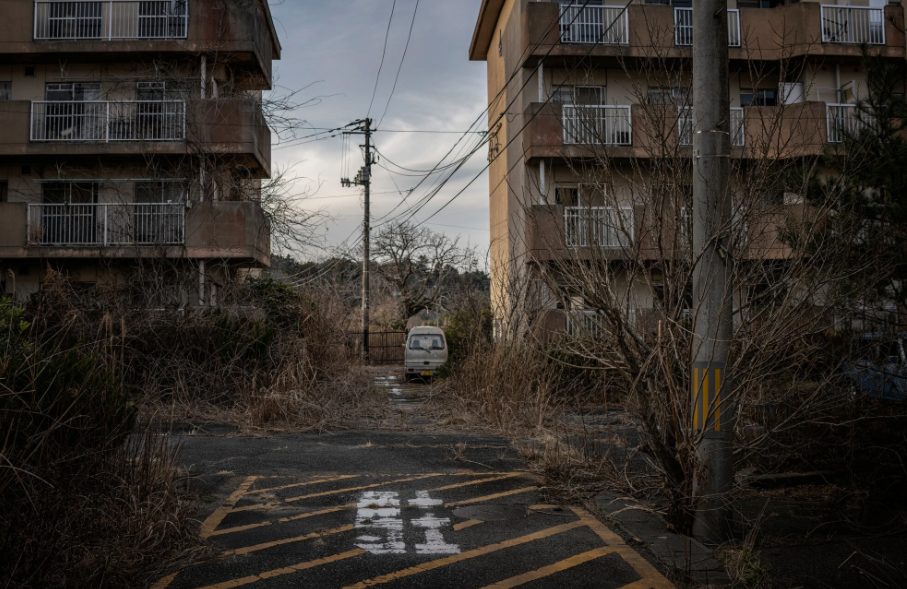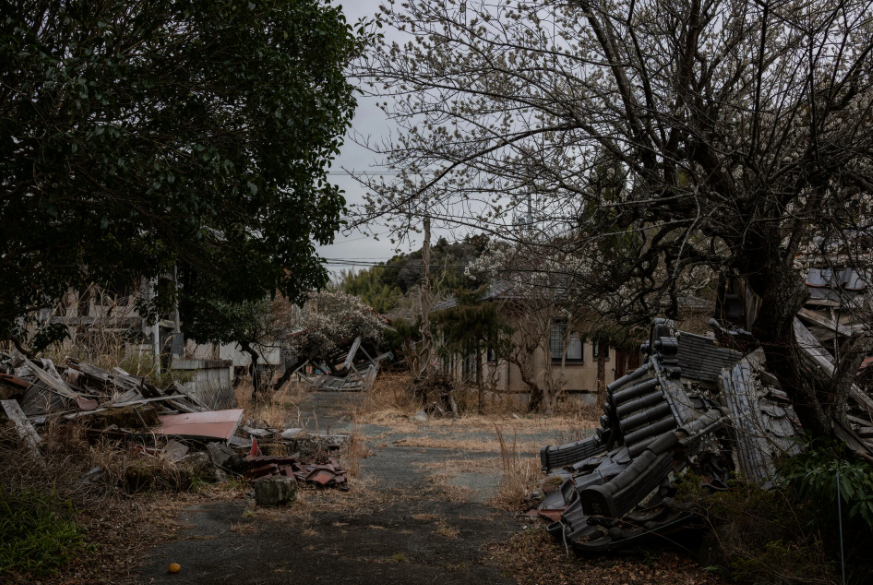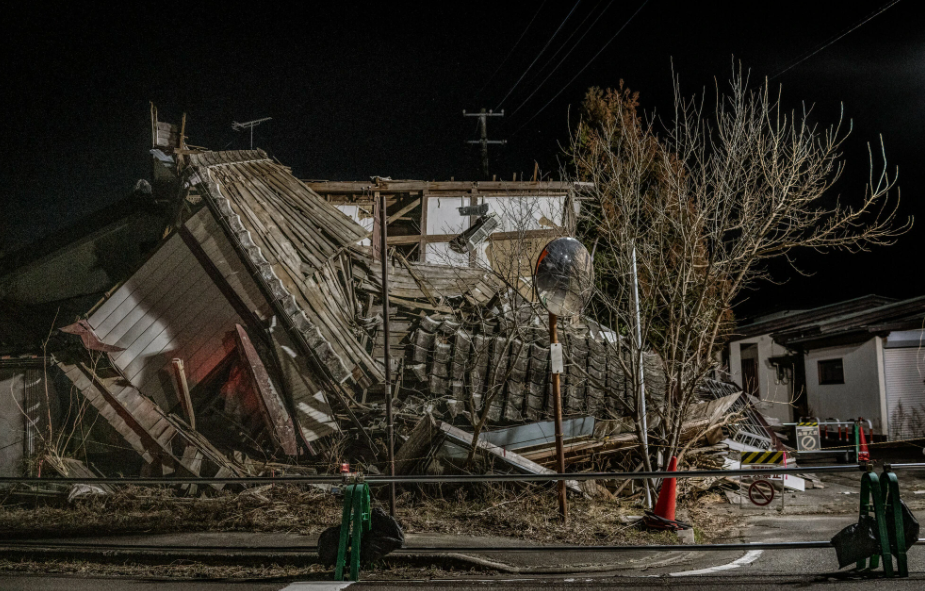By Tyler Durden
The largest earthquake ever recorded in Japan struck ten years ago today. The 9.0-magnitude quake triggered a devastating tsunami, killing more than 18,000 people and led to a nuclear meltdown in northern Japan.
Here’s what we wrote about the nuclear incident ten years ago today: “Nuclear Expert: “Fukushima Has 24 Hours To Avoid A Core Meltdown Scenario.””
The nuclear disaster at the Fukushima Daiichi nuclear plant is considered the second-worst nuclear disaster in history, forcing the relocation of more than 100,000 people. The world’s worst nuclear disaster was the Chernobyl disaster in 1986.
A decade later, the area around Fukushima remains deserted, much like Chernobyl to this day. Many people have refused to return home, but some have said it worth the residual radiation risk.
“We had reasons to come back and the means to do so,” Ms. Kobayashi,68, told NYTimes, who managed a guesthouse and said, “It made sense — to an extent.”
Futaba, a town in Fukushima Prefecture, which had a population of nearly 7,000 before the nuclear disaster, now resembles a post-apocalyptic zombie world.
“I’m always asked, ‘Why did you return? How many people returned?'” Kobayashi said. “But my question is: What does that even mean? That place no longer exists.”

About 21 miles inland from Futaba, mounds of radioactive soil sit in a town called Katsurao.

Entire neighborhoods in Futaba are still littered with debris.

NYTimes said local government officials in Fukushima had received funding from Tokyo Electric Power Company (TEPCO), the Fukushima Daiichi Nuclear Power Plant owner, to repair streets, buildings, schools, and housing with attempts to lure residents back.
Some, who have called the area around Fukushima, are returning but in small numbers.
“They want to be in their hometown,” said Tsunao Kato, 71, who reopened his third-generation barbershop even before its running water had been restored. “They want to die here.”
Kato, whose shop is in Minami Soma, said the threat of radiation today seems less of a concern. However, he lives in an area that appears lifeless. TEPCO noted three years after the nuclear incident that more nuclear fuel had melted than previously stated – and maybe for good read people are staying away.

A decade later, umbrellas at a Futaba nursery school remain untouched – preserved in time.

Collapsed homes and other structures are pretty common across Futaba.

“There’s no town left,” Kobayashi said. “If you come back, you have to rebuild.”

Still, several towns in north-eastern Japan remain off-limits. It could take tens of thousands of workers and three to four decades to clean up the area and safely remove nuclear waste so residents can return.
While the Fukushima disaster becomes a distant memory for many outside Japan – billionaire Bill Gates is pushing nuclear energy as ESG euphoria engulfs Wall Street.





